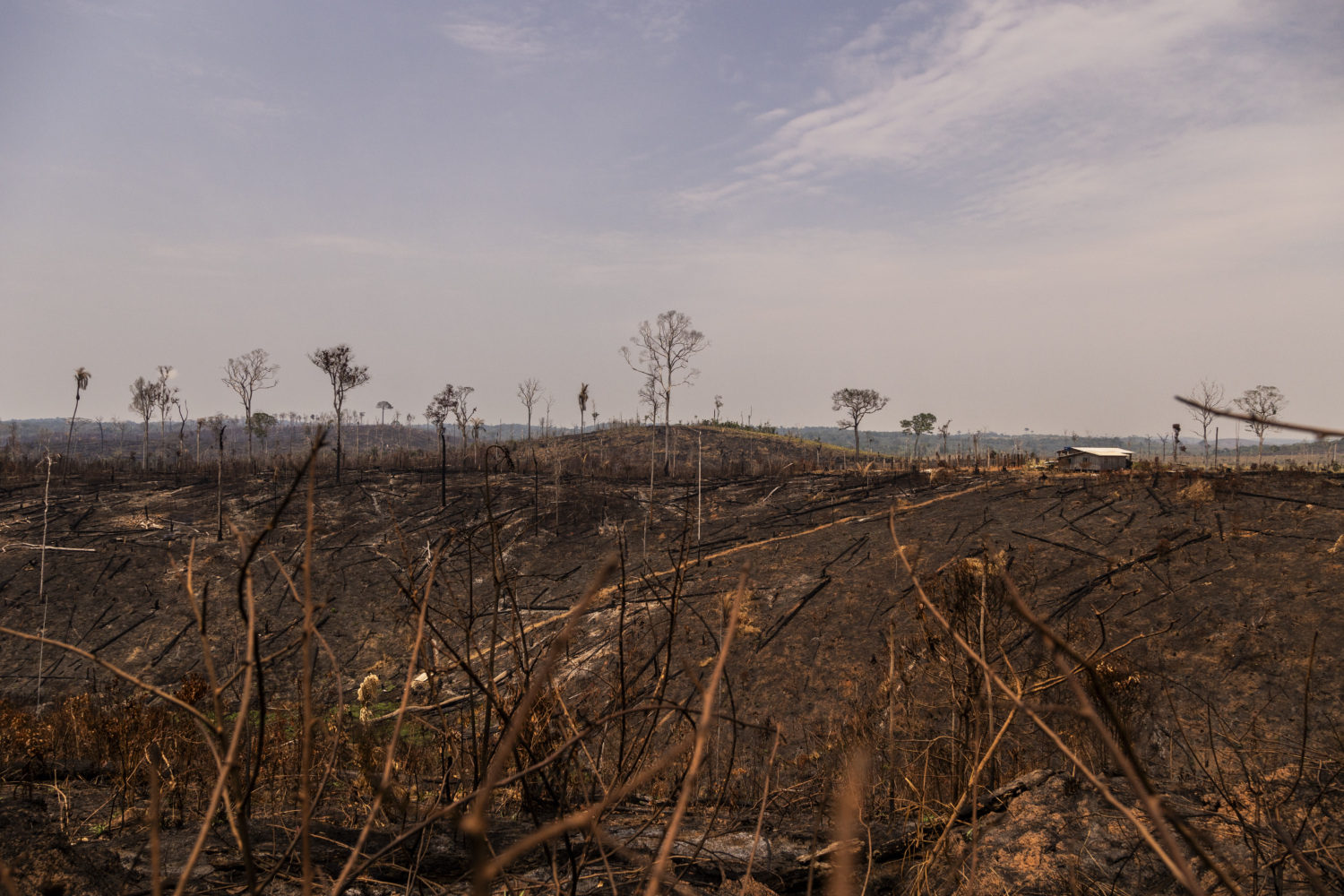
Ending Deforestation is Not Enough, Agroforestry is a Must for Cocoa Sustainability
All cocoa production worldwide must transition away from pesticide-soaked monoculture to robust agroforestry systems.
The Voice Network’s newly published paper, Agroforestry in the Cocoa Sector: A Need for Ambitious Collaborative Landscape Approaches, introduces key insights for that transformation. This paper addresses shortcomings in current approaches to agroforestry cocoa, such as low adoption rates for farmers and lack of monitoring. It also provides detailed and achievable recommendations on a way forward for industry and producer governments.
Despite efforts to end deforestation in the cocoa industry, cocoa production has already had a profound impact on the world’s forests. The two largest producers of cocoa, Ghana and the Cote d’Ivoire, are estimated to have lost between 80-95 percent of their forests. One third of that deforestation is the result of cocoa production, often in monocultures. This deforestation has already led to widespread rainfall loss and unpredictable weather patterns, pushing both countries – alongside neighboring Mali and Burkina Faso – closer to desertification and climate chaos. Trees are rain machines. Kill them, you kill the rains. Replant them, rains can return.
Further, the predominant model of monoculture cocoa farming undermines biodiversity. Moving from monoculture to agroforestry enhances biodiversity of flora and fauna. An estimated 80 percent of the world’s insects are already gone. We are in the midst of a mass extinction. There is no room for pesticide-soaked monoculture cocoa and other crops, if the planet is to avoid an extinction crisis and extirpation of insects that are the building blocks of all life on the planet.
Whereas monoculture cocoa has led to widespread soil degradation, agroforestry practices help heal the soils and reintroduce biodiversity underground, which remains vital though invisible to most people. Agroforestry is widely known to preserve and strengthen soil moisture and fertility, contribute to air moisture retention, and stimulate rainfall through microclimatic control – which again is crucial for healthy soils and the long-term viability of agriculture.
Fortunately, the introduction of robust cocoa agroforestry systems can also promote carbon sequestration, pest control, long-term productivity, and resilience of growing areas in a much-needed transition.
Agroforestry is not only climate-friendly – it is also profitable. Recent trends show increased investment in agroforestry systems, and some experts estimate that “agroforestry systems can create eight times more profit than conventional agriculture.”
Ending deforestation is key. Agroforestry is not a viable alternative to natural forests. However, it should be used to improve already deforested and agricultural lands. Six prominent carbon scientists recently published a paper which demonstrates that regenerative agriculture/agroforestry can significantly contribute to climate mitigation by reducing emissions and improving soil health.
Agroforestry can be beneficial for people as well as the planet. When rolled out correctly, agroforestry systems can provide cocoa farmers with trees that provide food security and income diversification, protecting them from the vicissitudes of economic shocks inherent in monocropping. No responsible investor would dream of buying shares in only one company – likewise, no farmer should be entirely dependent on the fluctuations in the global price of just one commodity.
Most cocoa companies currently define agroforestry poorly, and many have set inadequate goals as well as shoddy implementation plans, which are not shaped by the best available science. Not all approaches are alike; a watered-down approach will lead to watered-down results.
However, high-ambition, collaborative landscape approaches to agroforestry will enable companies to see the same if not better yields and will put farmers in the driver’s seat in a bottom-up approach that is adapted to local realities – not a top-down command-and-control approach that further bankrupts already-exploited cocoa smallholder farmers. The time to phase out monoculture and roll out beneficial agroforestry cocoa systems worldwide is now.
Photo © J. Milz – ECOTOP


